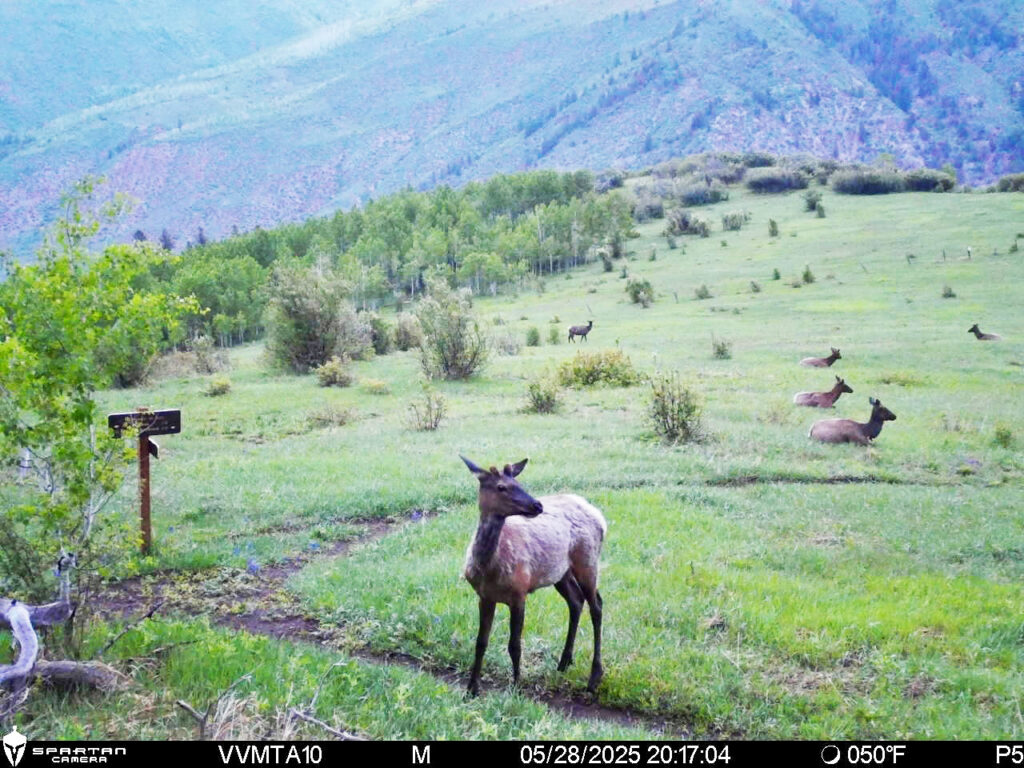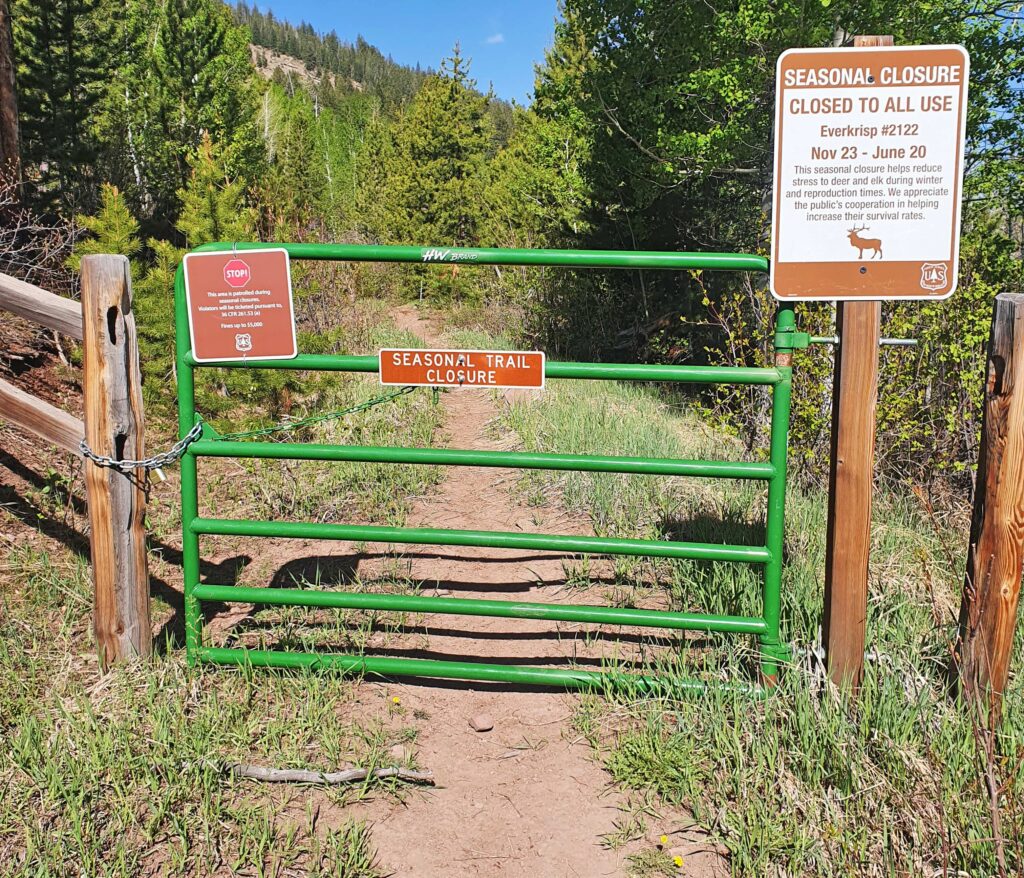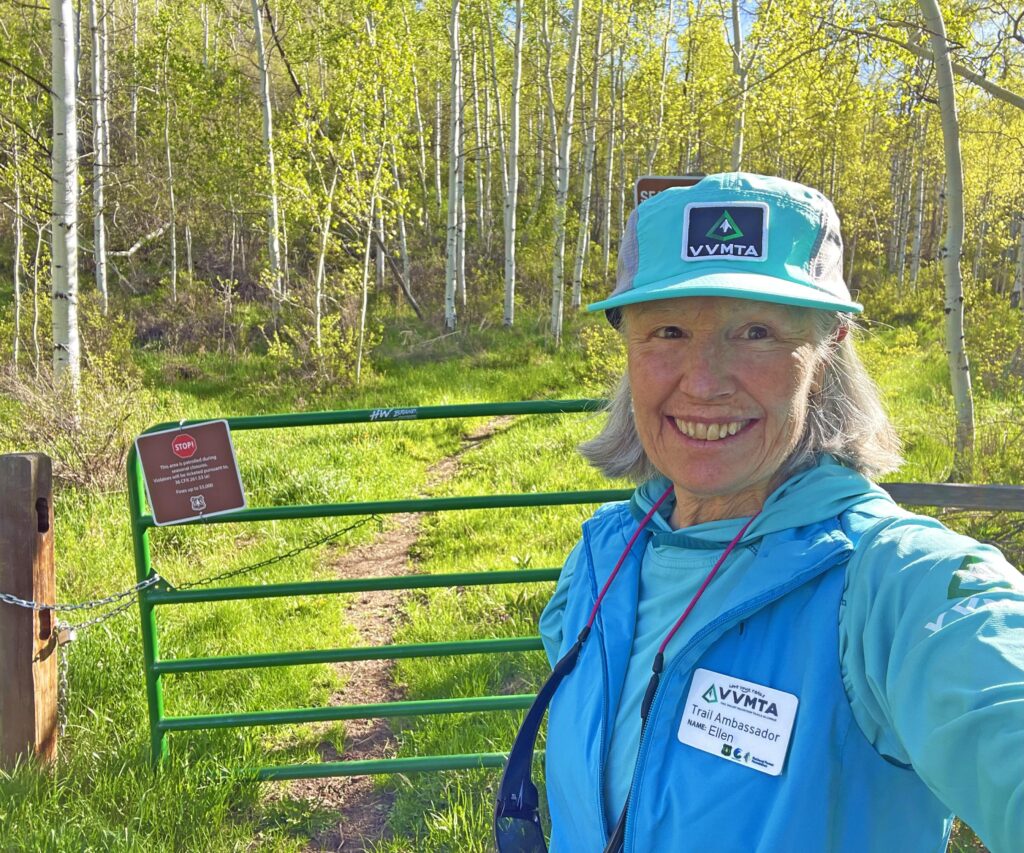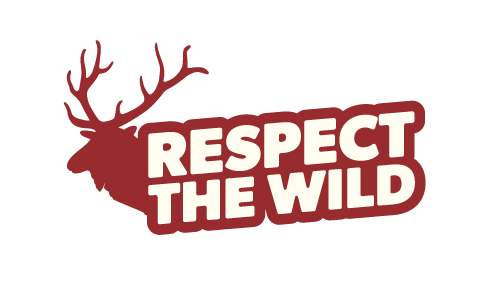June is here and the wildlife are on the move from lower elevations to the melting out upper elevations of our valley. They are following the snow line as it gives way to food they can consume to gain back their strength after a long winter. When you think about it, they are not too different from us as trail users. We follow the drying trails starting in Eagle in the spring and end up on high alpine trails in the Gore Range and on Vail Pass in the summer.
The big and major difference, though, is that we have many options to get on trails that are not in critical habitats, no matter what time of year it is. The elk and deer have limited habitat and cannot jump on I-70 to go find food or shelter like we can go find dry trails.
As spring arrives and the snow gives way to dry trails, many of us feel the excitement and pull of the trails to get outside and hike, run, and bike. But we are not the only ones eager to move through these landscapes. Every year from winter into late spring, seasonal wildlife closures go into effect to protect critical habitat for wildlife like elk and deer while they fuel up after a long, harsh winter of trying to survive. These closures are essential protections that ensure the beloved wildlife thrive in the Vail Valley.

As a community, we have made meaningful progress in reducing violations through improved signage, gates, education, and increased public awareness. In fact, our Trail Ambassadors are out at closures 40 hours a week right now providing education. These efforts are working, and a large majority of trail users are making responsible choices. However, some violations still occur on trails that remain closed through June 20 and June 30. Continued education and outreach are essential to ensure that everyone understands the importance of respecting these closures and protecting wildlife during this critical time.
Throughout the winter, elk and deer operate in energy conservation mode. Harsh conditions and scarce food make survival challenging. To make it through, they rely on stored body fat and minimal movement. If spooked by humans or dogs, even unintentionally, they are forced to flee, wasting precious energy reserves.
This stress continues into spring, when new life arrives. From late May through June, female elk give birth and raise newborn calves. These calves spend their early days mostly motionless, hidden in tall grass or shrubs. Their survival strategy depends on staying still, quiet, and out of sight from predators, including humans. When a person or an off leash dog approaches, calves may be forced to flee before they are physically ready, often resulting in fatal outcomes. Repeated disturbances can also cause mothers to abandon their young entirely.

Closures that extend into late June exist specifically to protect these young animals during their most critical developmental phase. Disturbing them, knowingly or not, can result in long term harm to local herds. This is why trails such as Two Elk, Elkhorn, most of Beaver Creek to Arrowhead, 3 Sisters, and Mill Creek are closed until July 1. Trails such as Everkrisp, Whiskey Creek, North Trail, Paulie’s Plunge, Buffehr Creek, and Son of Middle Creek are closed until June 21.
The good news is that there are dozens of trails open right now that offer incredible recreation opportunities to hike, bike, run, or walk your dog. Choosing to recreate responsibly does not mean you have to stay at home. It means choosing the right trail during this time of year.
Some great early season options include the Grouse trails in Minturn, the Eagle trail systems, EagleVail Trail, Stag Gulch, Berry Creek, and the West Avon Preserve. Many wilderness trails in East Vail and at higher elevations are also open, but please turn around if they become too muddy. Whether you are looking for a mellow loop or a challenging climb, there are ample choices across the valley.

Whether you are a longtime local or a weekend visitor, as trail users we need to be stewards of this land. We all have a responsibility to know the rules and respect the closures.
Here is how to help:
- Know before you go at vvmta.org/seasonaltrailclosures
- Remind friends and fellow trail users why closures matter
- If you see someone entering a closed area, kindly educate them
- Volunteer with our Trail Ambassadors or join VVMTA trail crews to give back
- Respect the Wild, Respect the Vail Valley, and make a promise to keep our community wild and beautiful.
Selecting an open trail is a simple yet powerful way to protect wildlife, practice responsible recreation, and ensure continued access for all. What makes our community special is the balance between wild places, beloved wildlife, and exceptional outdoor experiences. That balance is delicate. If we truly care about this place, we must be willing to make choices that preserve its character and beauty for everyone.
Respect the closures. Respect the wildlife. Protect what makes this valley wild and beautiful.


